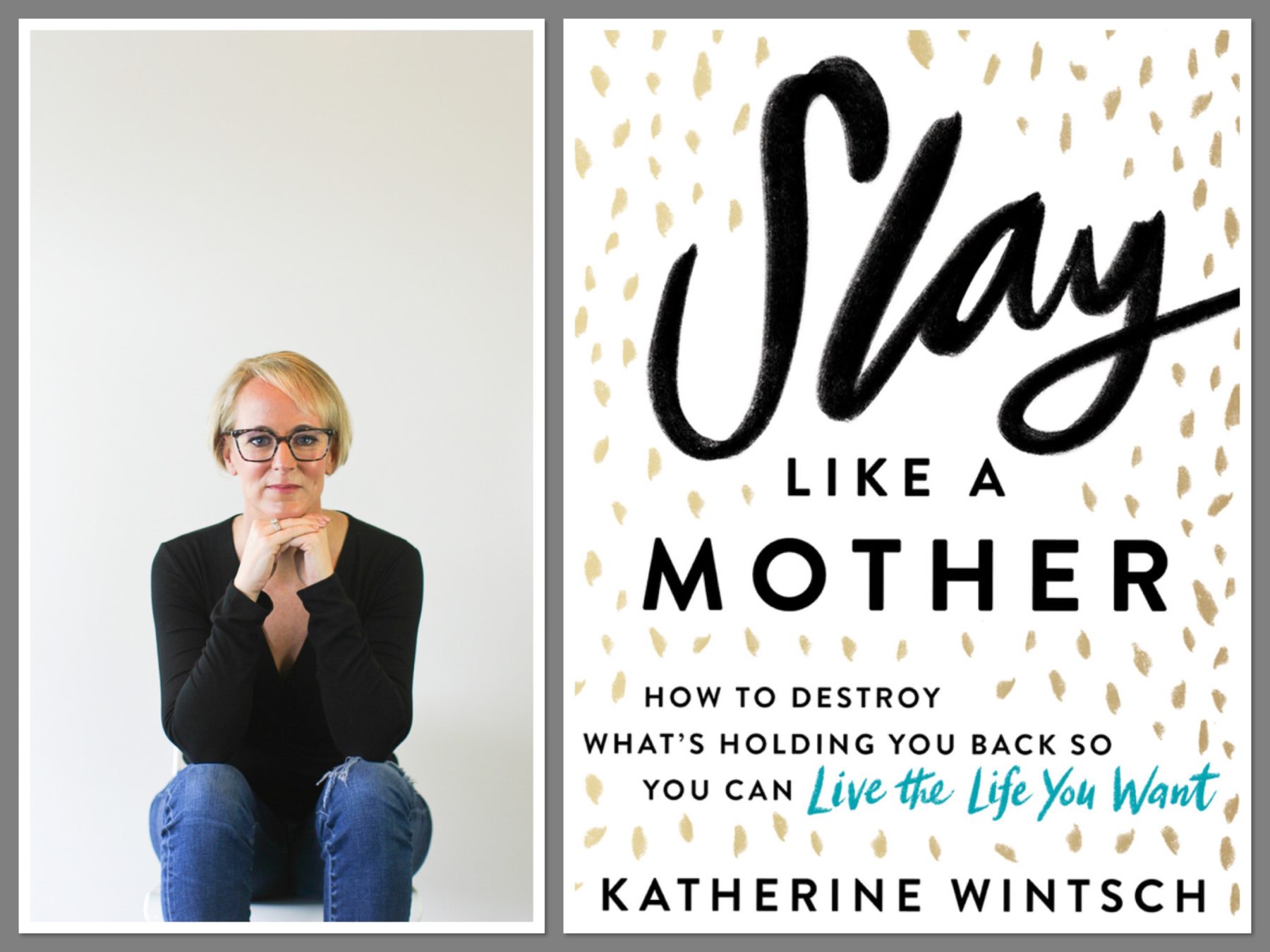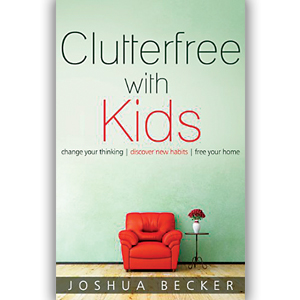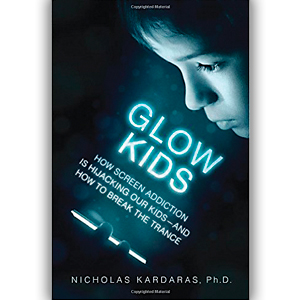Siblings Without Rivalry: Empathizing with the Victim
Earlier this week, my daughters squabbled upstairs while getting ready for school. When I heard the volume of their voices increasing, I climbed the steps and arrived at the landing just in time to see my youngest daughter, Lily, stomp off into her room, lift her hands in the air, raise her eyes to the ceiling, and whisper, “God, why did you have to make her born first?”
This is the second time since the new year that I’ve heard Lily utter these words – who knows how many times she’s said them to herself – so I thought it fitting that I’d moved on to Siblings Without Rivalry: How to Help Children Live Together So You Can Live Too by Adele Faber and Elaine Mazlish. Originally published in 1997, this book has fans, with numerous printings and countless weeks on the New York Times bestseller list. Still my initial impression was one of disappointment. While I found the cartoons portraying how to rewrite family fights effective, I was longing for some substance beyond the parent-support group anecdotes.
I was half-way through the book and feeling like I wasn’t getting too much out of it when yet another morning before school – you see why it’s so difficult for me to get out of the house without my negative scripts – Lily screamed for me to come upstairs.
“What’s wrong?” I asked, coming to her aid.
“Annabelle said I’m not smart,” Lily mumbled through her tears.
“No, I didn’t,” Annabelle contested.
“Yes, she did,” Lily insisted.
“No, I didn’t,” Annabelle shouted from her room. “I told her that the way she was cleaning up the Legos wasn’t the fastest way to do it.”
“See,” Lily persisted.
I began to respond with my usual tactics, “Well, she didn’t say you weren’t smart.”
Lily interrupted, “But…but…” Too upset to continue.
So I rethought my strategy, remembering how Faber and Mazlish said I should validate the victim. “Are your feelings hurt because you were trying to help and Annabelle only focused on what you were doing wrong?”
Lily didn’t answer at first. She just stood there, in awe. Her mouth hung open, literally at a loss for words, which in our chatter-filled house is saying something. Finally, she muttered, “Yeah, it did. How did you know?”
And just like that the crying stopped. Lily’s anyway. Annabelle tried to justify her words, but I squelched her attempts. I decided since the first bit of advice from Siblings Without Rivalry worked so good I’d try another – refrain from attacking the attacker. Instead of reprimanding Annabelle for not being more considerate of her sister’s feelings, I focused on Lily, the “victim”, in the hopes of showing Annabelle that I wasn’t going to reward her behavior with my attention and give her an incentive to do it, again.
Don’t get me wrong. I realize what Annabelle said wasn’t actually that bad. She was merely offering some advice. But how much “help” can one three year old take? Some days, it feels like all Annabelle does is correct her actions and point out how she knows so much more than Lily. I wouldn’t feel smart either.
As I watched Lily make the choice to play in her room alone, I couldn’t help but think about all my efforts to punish – sending a child to time out and discussing how her words were hurtful – as opposed to empathize. It seemed like such as easy thing to do, but clearly from the shocked look on Lily’s face, something I don’t do often enough.
I was left wondering, in an effort to make my children get along, was I sabotaging their relationship? What if Faber and Mazlish were right? They believed, “Insisting upon good feelings between the children led to bad feelings. Allowing for bad feelings between the children led to good feelings. A circuitous route to sibling harmony. And yet, the most direct.”
When the girls bounded downstairs a mere fifteen minutes later, acting like the best of friends, I realized I stood to gain a few good parenting tips from Siblings Without Rivalry after all.






